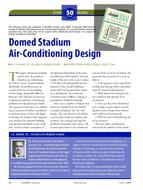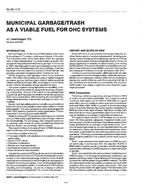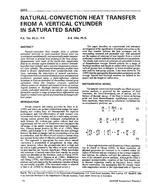The hazard of ambient cigarette smoke to nonsmokers has been studied in the past mostly from the clinical point of view, which leaves the question of its social impact unanswered. The recent Hirayama study provides experimental information in a special case on the magnitude of the social impact. A theoretical study is carried out here by comparing the average dose of exposure to ambient smoke of nonsmokers with the dose of exposure to primary smoke of smokers with due consideration of the possible nonlinear effect on low-density exposure. The maximum risk is estimated by assuming a linear response; the result is that the effect of ambient smoke is 1/13 of that due to primary smoke. Based on the meager information on the nonlinear effect, a minimum estimate is obtained, which reduces the risk of ambient smoke to 1/60 of that of primary smoke. Thus, the ambient smoke is estimated to cause an excess of deaths between 50,000 and 10,000 a year in the U.S. population of 220,000,000, or to reduce the life expectancy by an amount between 225 days and 48 days.
Citation: Symposium Papers, Atlanta, GA, 1984
Product Details
- Published:
- 1984
- Number of Pages:
- 7
- File Size:
- 1 file , 760 KB
- Product Code(s):
- D-AT-84-15-1


